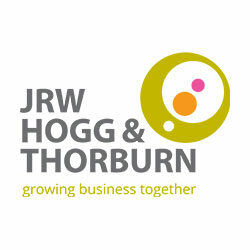What earnings are subject to AEOs?
You’ve received an attachment of earnings order (AEO) instructing you to deduct payments of an outstanding debt from one of your employee’s pay. You’ve heard that not all earnings are “attachable” so what earnings does it apply to? Natasha Crockatt from our Payroll department advices below.
An attachment of earnings order (AEO) is an official form issued to an employer, usually by a court, instructing them to deduct payments of an outstanding debt from an employee’s wages directly.
AEOs can be issued for a number of reasons including unpaid fines and child support. There are some similarities between the various types of order, but each has its own rules, procedures and calculations that are set out in legislation.
When entering an AEO into your payroll software as a deduction, you must make sure that you select the correct type as this will ensure that the right deductions are made for that type of order.
Attachable earnings
Payroll deductions are made from attachable earnings but not all earnings are attachable. Whether earnings are attachable depends on the type of order. Generally, attachable earnings include any payment made for:
1. Wages or salary, including fees, bonuses, commission, overtime pay, holiday pay and any other amounts payable in addition to wages or salary under an employment contract.
2. Pension, including an annuity for past services and periodical payments compensating for a loss or reduction in earnings.
3. Statutory sick pay (SSP).
Please note, payments under (2) are not attachable for the collection of unpaid council tax or child maintenance or for orders raised under the Debtors (Scotland) Act 1987 if they are made under an occupational pension that does not allow assignment of such payments.
Almost all earnings count towards attachable earnings but if there is any doubt about whether a particular pay element counts as earnings you should contact the issuer of the AEO.
Before applying the attachment to a pension payment, check what the AEO is for to ensure that you are not deducting it from non-attachable earnings.
Non-attachable earnings
There are two common types of non-attachable earnings:
• statutory payments (except SSP). So statutory maternity pay, statutory paternity pay, statutory adoption pay, statutory shared parental pay, and statutory parental bereavement pay are not included in attachable earnings.
• pensions or allowances payable in respect of disablement or disability.
There are also some more obscure earnings that are non-attachable.
Protected earnings
To ensure that an employee has sufficient income, the court may set a protected earnings amount, which appears on the AEO. If a protected earnings amount is entered when setting up an attachment, it means that the employee’s net pay can’t fall below the amount entered.
If the full amount cannot be deducted due to the protected earnings, the amount may be carried forward into the next period depending on the type of attachment that is in use.
IN SUMMARY
What counts as attachable earnings depends to some extent on the type of AEO but wages and salaries including bonuses, overtime and holiday pay will always count, as will statutory sick pay. Other statutory payments such as statutory maternity pay don’t count.
For further information on AEO and other payroll issues please feel free to contact our team.
